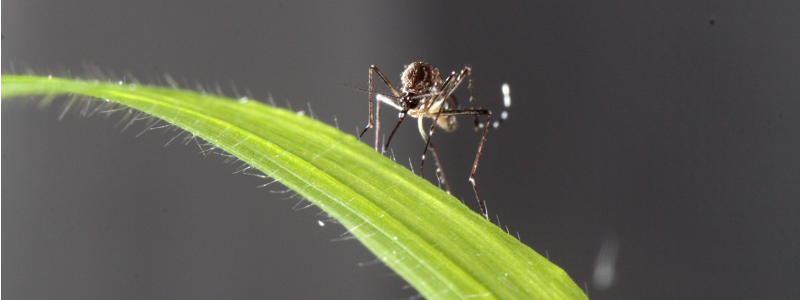
Citizens can now take part in the national mosquito tracking plan by helping researchers identify dangerous species and create maps of the species present on the national territory. This is possible thanks to Mosquito Alert: a free app developed in Spain and launched in Italy in 2020 to support the Mosquito Alert Italia project and the European Aedes Invasive Mosquito (AIM) COST Action, which aims to establish a transboundary network of partners and institutions across Europe to effectively address the management of the risk of introduction and spread of viruses transmitted by exotic and invasive Aedes mosquitoes.
Coordinated by the Department of Public Health and Infectious Diseases of Sapienza University of Rome, the Mosquito Alert Italiaproject involves, as partners, the Italian National Health Institute, Istituto Zooprofilattico Sperimentale delle Venezie, MUSE – Science Museum of Trento and the “Augusto Righi” Physics and Astronomy Department of the University of Bologna.
Citizens will also contribute to the work of the researchers via the Mosquito Alert app which can be downloaded free of charge. Citizens can send non-photographic reports of bites and photos of mosquitoes or stagnant water collections that represent potential mosquito breeding places, such as manhole covers. Passionate citizens can also send the experts any mosquito specimens they manage to collect.
“To contribute to the project, we ask citizens to download the app now and use it when they are stung or manage to photograph a mosquito,” said Beniamino Caputo, a researcher at Sapienza University of Rome and coordinator of Mosquito Alert Italia. “The quality of the photos sent is fundamental for a valid identification of the species,” he added. “The experts, again via smartphone, will inform the user about the mosquito photographed and draw up maps of the species present on the territory, useful for managing and directing disinfestations.”
“Mosquito Alert allows citizens to join the project with three different levels of participation,” explained Alessandra della Torre, coordinator of the Medical Entomology group at Sapienza University and chair of the AIM-COST project, “from the simple and immediate report of bites via the app to the next step of sending photos of mosquitoes or breeding sites, up to the actual sending of entire mosquito specimens for the most enthusiastic citizens.”
The Mosquito Alert app has produced interesting results at an international level so far, with over 200,000 downloads, but more can be done. The aim is to collect and validate as many photographs of mosquitoes as possible in order to map species, with particular attention to the “tiger” mosquito (Aedes albopictus) and other invasive species such the Korean mosquito (Aedes koreicus) and the Japanese mosquito (Aedes japonicus), which have recently arrived in Italy.
With 65 currently known species, Italy is the country most affected by mosquitoes in Europe with a wide distribution and density of mosquitoes throughout the country. Keeping mosquitoes under control is important not only because of their annoying bites, but also because mosquitoes are potential vectors of human pathogens, such as the Dengue and Chikungunya viruses, which can pose a threat to public health.

